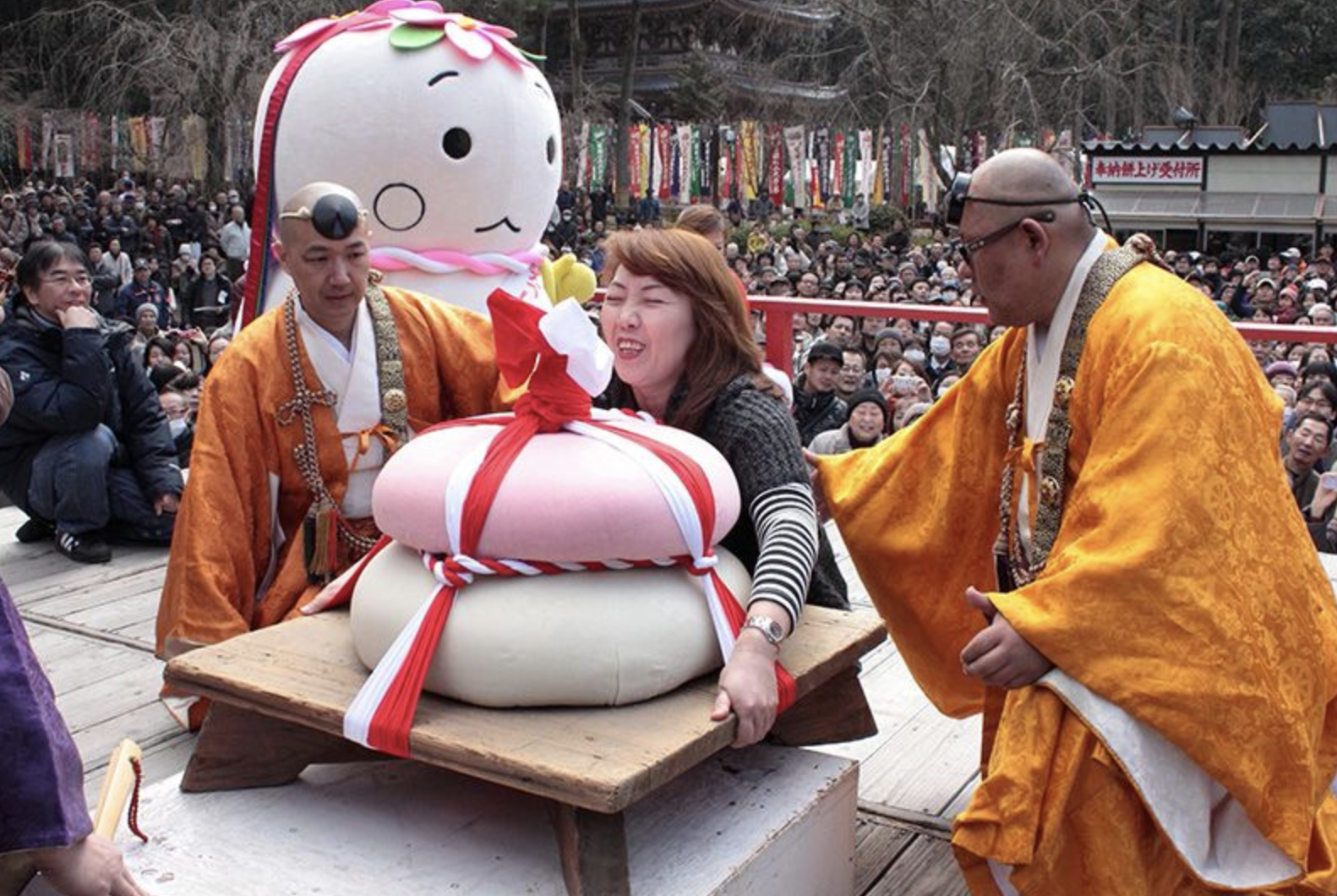Winter in Kyoto is a special season where you can enjoy the charming scenery woven by tranquility and tradition. In February, the ancient capital is enveloped in severe cold, and while there are fewer lively events, it has a quiet and unique appeal.
From historical events like the Setsubun Festival and Hatsuuma Festival to snow landscapes and early-blooming plum blossoms, experiences unique to Kyoto's winter await you.
While warm clothing is essential, you can leisurely enjoy the winter atmosphere of Kyoto with fewer tourists.
In this article, I'll introduce events and attractions you can enjoy in Kyoto in February 2025. I'll guide travelers to a journey where you can fully savor the culture of good old Kyoto and the beauty of the changing seasons!
As many events have not been announced at the time of writing this article, I plan to update it regularly. If you're planning to visit Kyoto in February 2025, I highly recommend you bookmark this page.

If you are interested in Autumn in Kyoto, check the article below! I summarized how and where you can enjoy Autumn in Kyoto as much as possible.
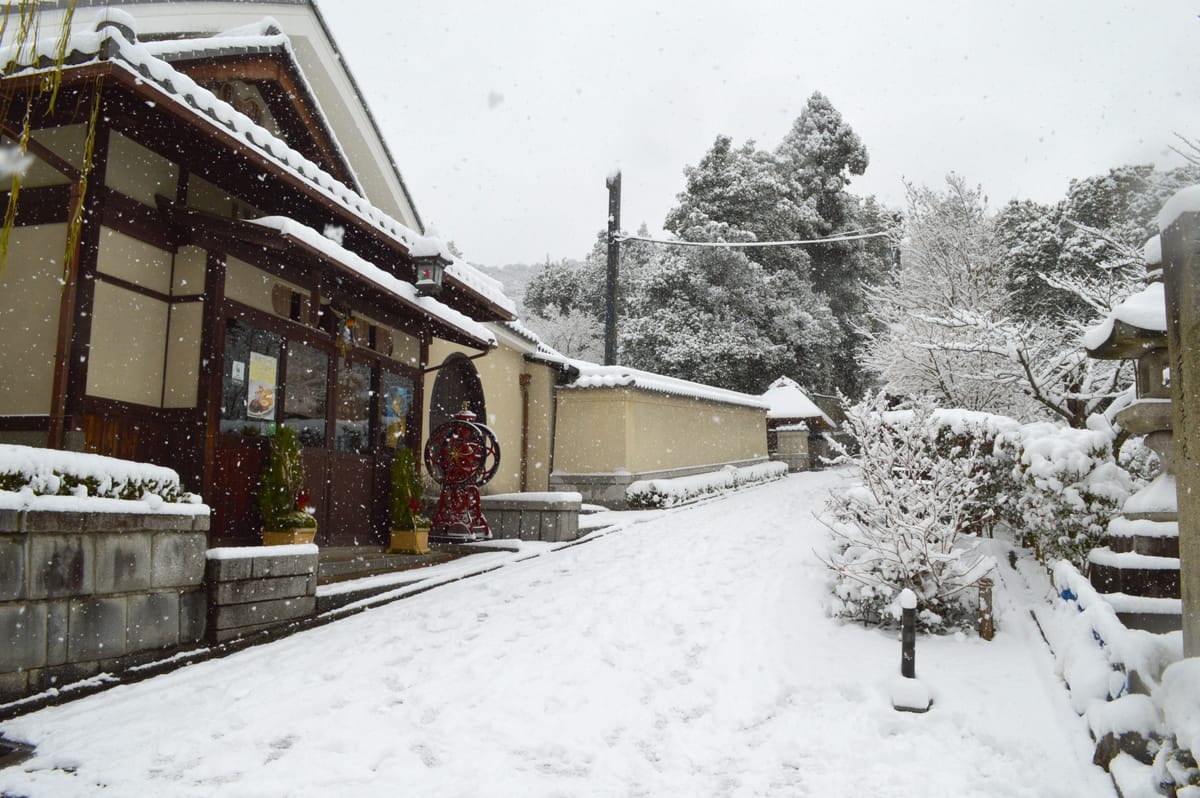
Table of Contents
・Traditional Events in Kyoto in February 2025
・Natural Attractions in Kyoto in February 2025
Traditional Events in Kyoto in February 2025
While not as numerous as in autumn, spring, or the New Year period, Kyoto in February has several notable traditional events that have been passed down for generations.
Setsubun Festival at Yasaka Shrine (February 2-3, 2025)
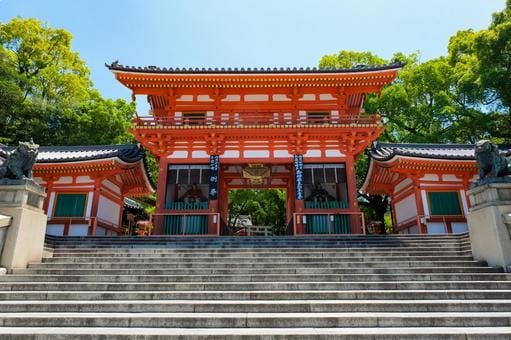
The Setsubun Festival is one of the most fascinating traditional events in Japan. I look forward to visiting Kyoto every year during this time to enjoy the Setsubun Festival at Yasaka Shrine. This festival is an important event to ward off evil spirits at the turn of the seasons and pray for health and happiness in the new season.
Bean throwing takes place in the precincts of Yasaka Shrine. This is a ritual to ward off evil and invite good fortune by throwing roasted soybeans while chanting "Demons out, fortune in."
What I find particularly moving is the dance and bean throwing performed by geishas and maikos. This spectacle, which usually takes place around 11:00 AM on February 2nd and 3rd, makes me feel the essence of Kyoto's traditional culture.
By participating in the Setsubun Festival, you can experience the depth of Kyoto's traditional culture and the Japanese sensibility of celebrating the changing of seasons.
<Information>
Date: February 2-3, 2025, from 11:00 AM
Access: 5-10 minutes walk east along Shijo Street from Hankyu Railway "Kawaramachi Station" or Keihan Railway "Gion-Shijo Station"
Admission: Free
Website
Hatsuuma Festival at Fushimi Inari Shrine (February 6, 2025)
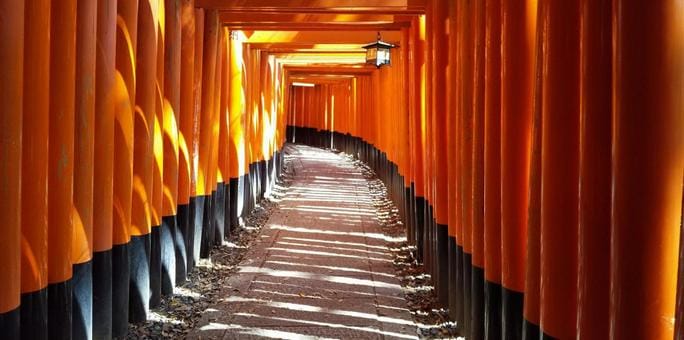
The Hatsuuma Festival at Fushimi Inari Shrine is known as a traditional festival that is a feature of winter in Kyoto. I look forward to this festival every year and am fascinated by its unique atmosphere.
This festival is held on the "first day of the horse" when the deity of Fushimi Inari Shrine is said to have descended. It's scheduled for February 6, 2025. On the day of the festival, the shrine is enveloped in a solemn atmosphere, and a majestic Shinto ritual is conducted by the priests of Fushimi Inari Shrine.
The charm of the Hatsuuma Festival lies not only in its mystical atmosphere but also in the sight of worshippers praying earnestly. Many people visit to pray for business prosperity and family safety, and the sight of them praying with serious expressions is impressive.
Of particular note is the "Shirushi no Sugi" (Sign Cedar). This is a special amulet given for 1,500 yen, believed to bring good luck for business prosperity and family safety. I also receive this "Shirushi no Sugi" every year and pray for happiness throughout the year.
During the festival, the shrine precincts are filled with a unique scent and excitement. The famous "Senbon Torii" (thousands of red torii gates) creates an even more mystical atmosphere on the day of the festival. Walking between the torii gates gives you a strange feeling as if you've wandered into another world.
When visiting Kyoto, I recommend you visit Fushimi Inari Shrine on this special day.
<Information>
Date: February 6, 2025
Access: Right next to JR Nara Line "Inari Station", or 5 minutes walk from Keihan Main Line "Fushimi Inari Station"
Admission: Free
Website
If you are interested in Fushimi Area, check the article below! I summarized how and where you can enjoy Fushimi as much as possible.
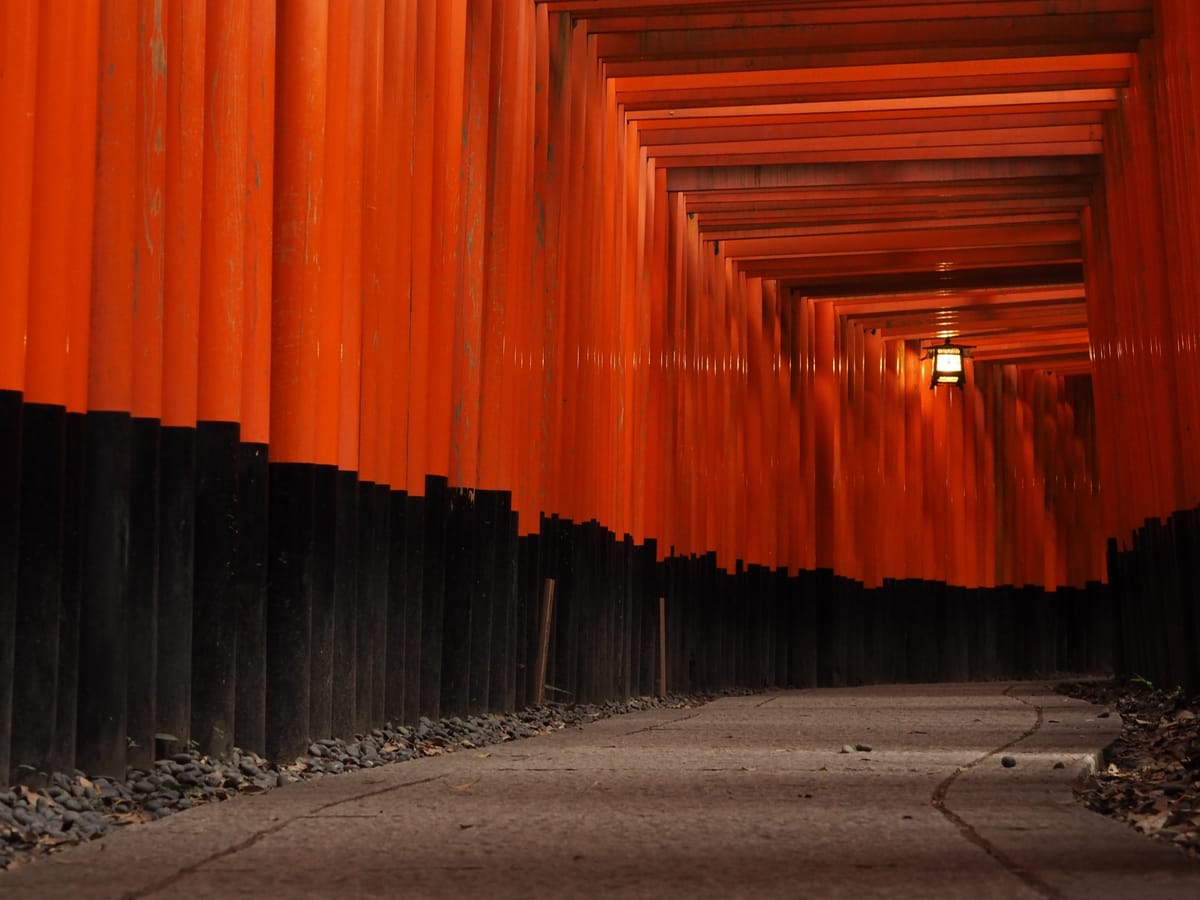
Godairiki-son Ninnoe at Daigoji Temple
Source: Soda Kyoto Ikou
The Godairiki-son Ninnoe at Daigoji Temple is known as a unique traditional event that is a feature of winter in Kyoto. I experienced this event for the first time a few years ago and was deeply impressed by its power and spirituality.
This event is a traditional festival celebrating the Five Great Bodhisattvas, which are symbols of five powers believed to fulfill people's wishes.
The central part of the event is a ritual called "Mochinage Chikara Hono" (Offering of Strength by Lifting Mochi), which is not just a test of strength but an act with deep spiritual meaning.
In the "Mochinage Chikara Hono", participants lift surprisingly large mirror-shaped mochi (rice cakes) weighing 90kg for women and 150kg for men, competing for the longest lifting time.
The participants don't just lift heavy mochi; they seriously engage in the act as an offering of their strength to the gods and Buddhas.
The precincts of Daigoji Temple, where the ritual takes place, are enveloped in a solemn atmosphere. The enthusiasm of the worshippers and the sight of participants exerting their strength create a unique tension in contrast to the temple's tranquility.
<Information>
Date: February 6, 2025
Access: From JR Kyoto Station, take the Kyoto Municipal Subway Karasuma Line, transfer to the Tozai Line at Karasuma Oike Station, get off at Daigo Station on the Tozai Line, exit from Exit 2, and walk about 15 minutes
Admission: 1,000 yen
Website
Natural Attractions in Kyoto in February 2025
February in Kyoto is a charming season where you can feel the arrival of spring amidst the harshness of winter. The charm of Kyoto at this time is that you can enjoy the contrasting natural expressions of snow landscapes and early-blooming plum blossoms simultaneously.
Snow Landscapes
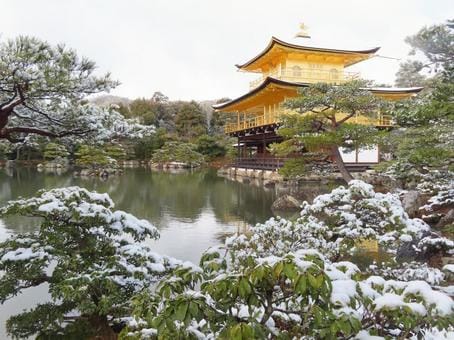
From January to early February, it sometimes snows in Kyoto. While it doesn't snow every day, if you're lucky, you might see Kyoto wrapped in a silver world.
In particular, the snow scenes of famous temples and shrines like Kiyomizu-dera and Kinkaku-ji are spectacular.
The view from the stage of Kiyomizu-dera covered in white snow is like another world. Walking on snow-covered stone pavements and exploring the quiet precincts gives you a strange feeling as if time has stopped.
I can't forget the snow scene at Kinkaku-ji either. The sight of the golden pavilion shining in the white silver garden is truly a spectacular view.
On snowy days, Kyoto shows a completely different face from usual. Even usually crowded tourist spots are enveloped in silence when covered in snow, giving a deeper flavor.
While it might be difficult to plan a trip specifically for snowy days, if it snows during your stay, I recommend you go out. Walking through the snow-covered streets and temples of Kyoto will surely become a lifetime memory.
However, it gets very cold on snowy days, so make sure to dress warmly. Also, be careful when walking as the roads can be slippery.
If you are interested in Kinkakuji, check the article below! I summarized in more details and how I felt there.
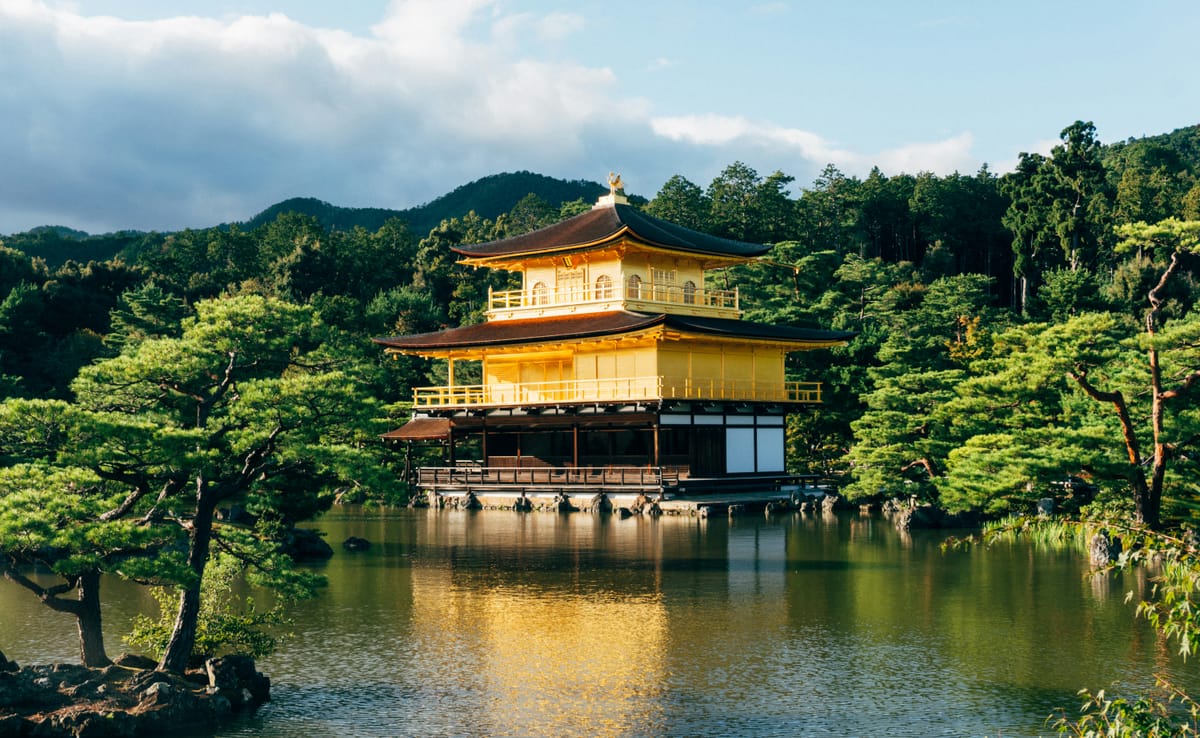
Weeping Plum Blossoms at Jonangu Shrine (Mid-February 2025)
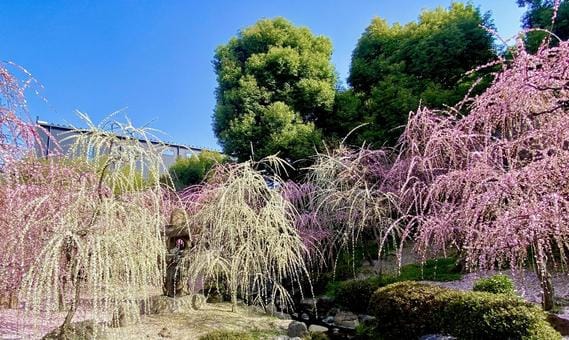
In mid-February in Kyoto, plum blossoms begin to bloom, heralding the arrival of spring amidst the winter cold. Among them, the weeping plum blossoms at Jonangu Shrine are particularly beautiful and have become one of my annual pleasures.
Jonangu Shrine is famous for its "weeping plum blossoms," and the "Weeping Plum and Camellia Festival" is held for about half a month from mid-February every year. The sight of over 150 plum trees and over 400 camellia trees in full bloom is spectacular.
When I first saw the weeping plum blossoms at Jonangu Shrine, I was captivated by their beauty. The sight of white and pink plum blossoms blooming in a weeping manner, as if snow or cherry blossoms were falling towards the ground, is indescribably beautiful.
Walking through the garden filled with the scent of plum blossoms makes you forget the winter cold. Also, the red flowers of camellias blooming alongside the plum blossoms create a colorful landscape.
However, there is a 1,000 yen fee to enter the plum blossom garden. But considering its beauty, I feel it's well worth the price.
The weeping plum blossoms at Jonangu Shrine are one of Kyoto's hidden gems that make you feel the transition from winter to spring.
<Information>
Date: Around mid-February 2025
Access: Get off at Takeda Station on the Kyoto Municipal Subway Karasuma Line, take Kyoto City Bus South 3 or Special South 3 (bound for Jonangu) from Takeda Station West Exit for about 10 minutes, get off at Jonangu Higashiguchi bus stop, and walk about 5 minutes
Admission: 1,000 yen
Website
Plum Blossom Festival at Kitano Tenmangu Shrine (February 25, 2025)

The Plum Blossom Festival at Kitano Tenmangu Shrine is known as a beautiful festival that is a feature of winter in Kyoto.
This festival is a plum-related event associated with Sugawara no Michizane, who is enshrined at Kitano Tenmangu Shrine. Because Michizane loved plums very much, we offer sweets and other items with plum blossoms.
On the day of the festival, the shrine precincts are filled with the scent of plum blossoms and crowded with many worshippers. The sight of people in kimono coming and going amidst the blooming plum blossoms is like a scene from a historical drama.
What's particularly impressive is the tea ceremony by geishas and maikos, which is set up from around 10:00 AM. The sight of geishas and maikos in their gorgeous kimonos elegantly preparing tea is spectacular.
The use of the tea ceremony costs 3,000 yen, but I feel it's worth it as it's not easy to meet geishas and maikos. The time spent enjoying tea with geishas and maikos while admiring the plum blossoms is truly a luxurious experience unique to Kyoto.
If you visit Kyoto in February 2025, I recommend visiting Kitano Tenmangu Shrine on this special day.
<Information>
Date: February 25, 2025
Access: From Kyoto Station, take Kyoto City Bus Line 50 for about 35 minutes and get off at "Kitano Tenmangu-mae". It's right there. From the Gion area, I recommend taking the Keihan Electric Railway to Demachiyanagi Station, then taking Kyoto City Bus Line 203 for about 20 minutes and getting off at "Kitano Tenmangu-mae"
Admission: 3,000 yen (for tea ceremony participation)
Website
February in Kyoto is a charming season where you can feel the arrival of spring amidst the harshness of winter.
The scenery woven by traditional events passed down from ancient times and the beauty of nature, such as snow landscapes and plum blossoms, provides a special experience that cannot be tasted elsewhere.
When visiting Kyoto in February 2025, I recommend preparing warm clothing and comfortable walking shoes, and leisurely walking through the city.
You'll surely be able to fully enjoy the unique charms of winter in Kyoto, such as temples and shrines enveloped in silence, Kinkaku-ji reflecting in the snow landscape, and gardens filled with the scent of plum blossoms!



